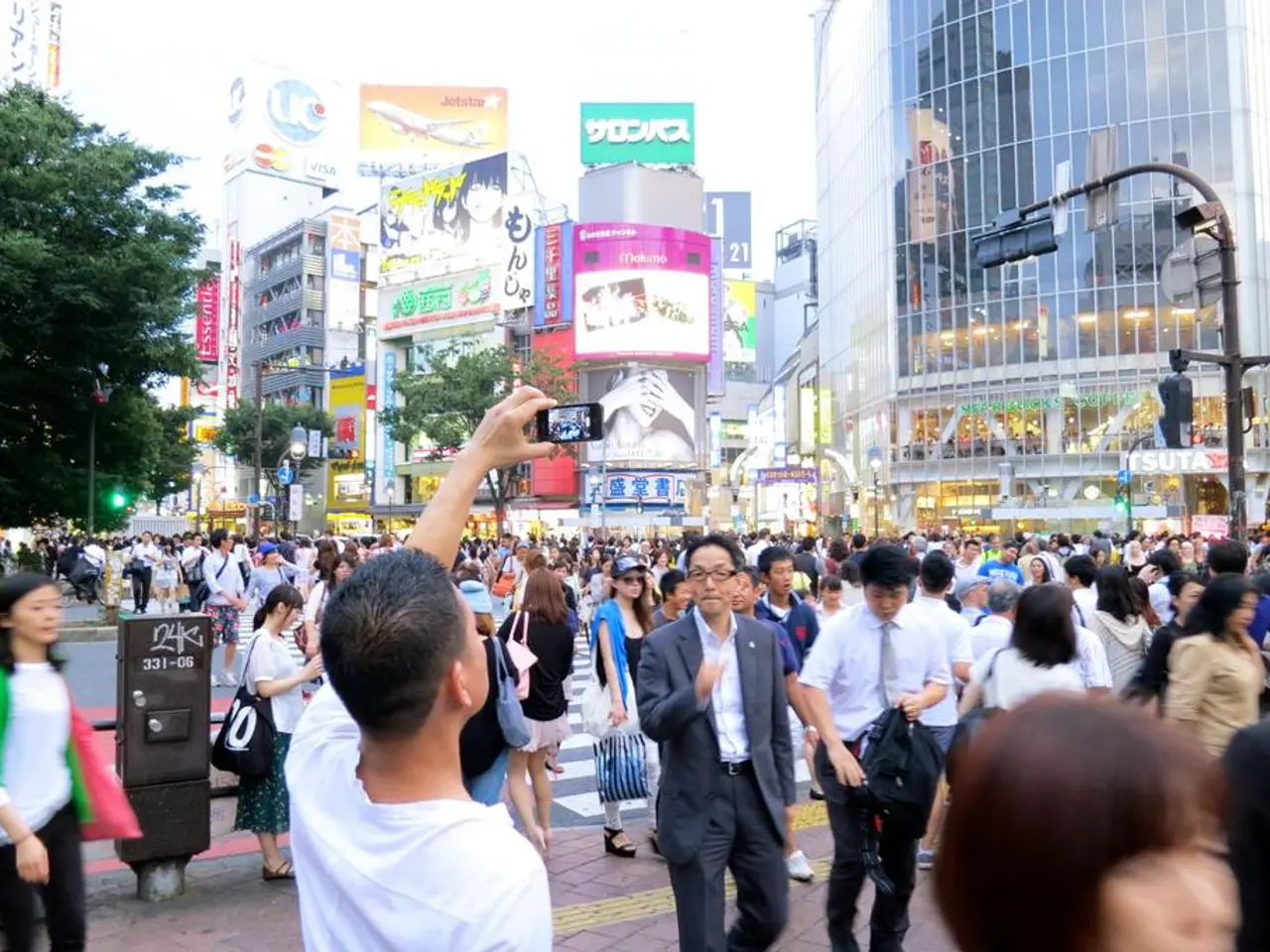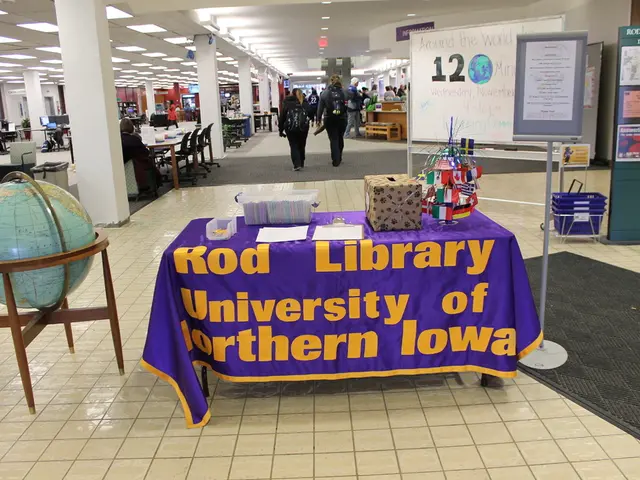Importance of Web Connectivity in National Parks
In the vast expanses of North America's national parks, maintaining a connection to the digital world can often be a challenge. While cellular service is available in many national parks, coverage is typically unreliable due to cell towers being situated outside park boundaries.
This is where satellite phones and other innovative solutions come into play, offering a lifeline in remote areas where traditional cell phone coverage is scarce. For instance, in Yellowstone National Park, emergency courtesy phones are installed at key locations to allow calls to 911, providing a vital service in no-service zones.
However, the trend is not towards broad cellular network expansion within park boundaries, but rather the maintenance of limited Wi-Fi hotspots in visitor centers or lodging areas. For example, as of mid-2025, free Wi-Fi is available at the Albright Visitor Center in Mammoth Hot Springs, Yellowstone.
In other parks, the focus is on improving visitor experiences rather than connectivity. For instance, in Pacific Rim National Park Reserve (Canada), efforts are directed towards trail maintenance and enhancing visitor experiences, with no specific information on cellular or internet connectivity upgrades.
Younger visitors, according to park official Lacayo, express a desire for constant connectivity. Yet, the balance between the demand for the online world and preserving the silence and natural beauty of these parks remains a priority. This is evident in the gradual enhancements focused on visitor convenience and safety, rather than widespread internet connectivity improvements.
In some parks, such as Glacier National Park (Many Glacier area), there is no specific mention of cellular or internet service improvements, despite significant construction and access changes in 2025.
However, there are exceptions. Thirty-eight national parks in the US and Canada now boast 5G connections, with parks like Gateway Arch, Missouri, registering the best mobile service among the tested parks, boasting median download speeds of 85Mbps and upload speeds of 31Mbps.
To improve mobile connections in remote areas, a cell phone booster can be a valuable tool. However, it requires a mobile service with a strong signal strength to work effectively.
As for the future, increased cell service is being considered for many popular national parks, such as Bryce Canyon and Grand Teton National Park. Ookla recently tested mobile connections across North American parks and released a report on the best and worst parks for mobile speeds.
In conclusion, while cellular and internet connectivity in North American national parks remains limited, efforts are being made to improve visitor safety and convenience. Visitors are advised to plan accordingly and verify connectivity availability at specific parks before arrival. The balance between the demand for the online world and preserving the natural landscapes continues to be a key consideration in these improvements.
- For those embarking on a travel journey to North America's national parks, maintaining a connection to the digital world can be a challenge due to unreliable cellular service.
- Satellite phones and innovative solutions can serve as a lifeline in remote areas where traditional cell phone coverage is scarce.
- Emergency courtesy phones are installed at key locations in parks like Yellowstone National Park to allow calls to 911 in no-service zones.
- While limited Wi-Fi hotspots are available in visitor centers or lodging areas of certain parks, such as Yellowstone, broad cellular network expansion within park boundaries is not the current trend.
- In parks like Pacific Rim National Park Reserve (Canada), the focus is on improving visitor experiences rather than connectivity, with no specific information on cellular or internet connectivity upgrades.
- Younger visitors may express a desire for constant connectivity, but the balance between the demand for online connectivity and preserving the natural beauty of these parks is a priority.
- Some parks, like Glacier National Park (Many Glacier area), have not mentioned any specific improvements in cellular or internet service, despite significant construction and access changes in 2025.
- Thirty-eight national parks in the US and Canada now boast 5G connections, with parks like Gateway Arch, Missouri, registering the best mobile service among the tested parks.
- A cell phone booster can be a valuable tool for improving mobile connections in remote areas, but it requires a mobile service with a strong signal strength to work effectively.
- Increased cell service is being considered for popular national parks like Bryce Canyon and Grand Teton National Park, with Ookla recently testing mobile connections across North American parks and releasing a report on the best and worst parks for mobile speeds.
- Visitors are advised to plan their travel lifestyle accordingly and verify connectivity availability at specific parks before arrival, as efforts are being made to improve visitor safety and convenience while maintaining the natural beauty of these national parks.




